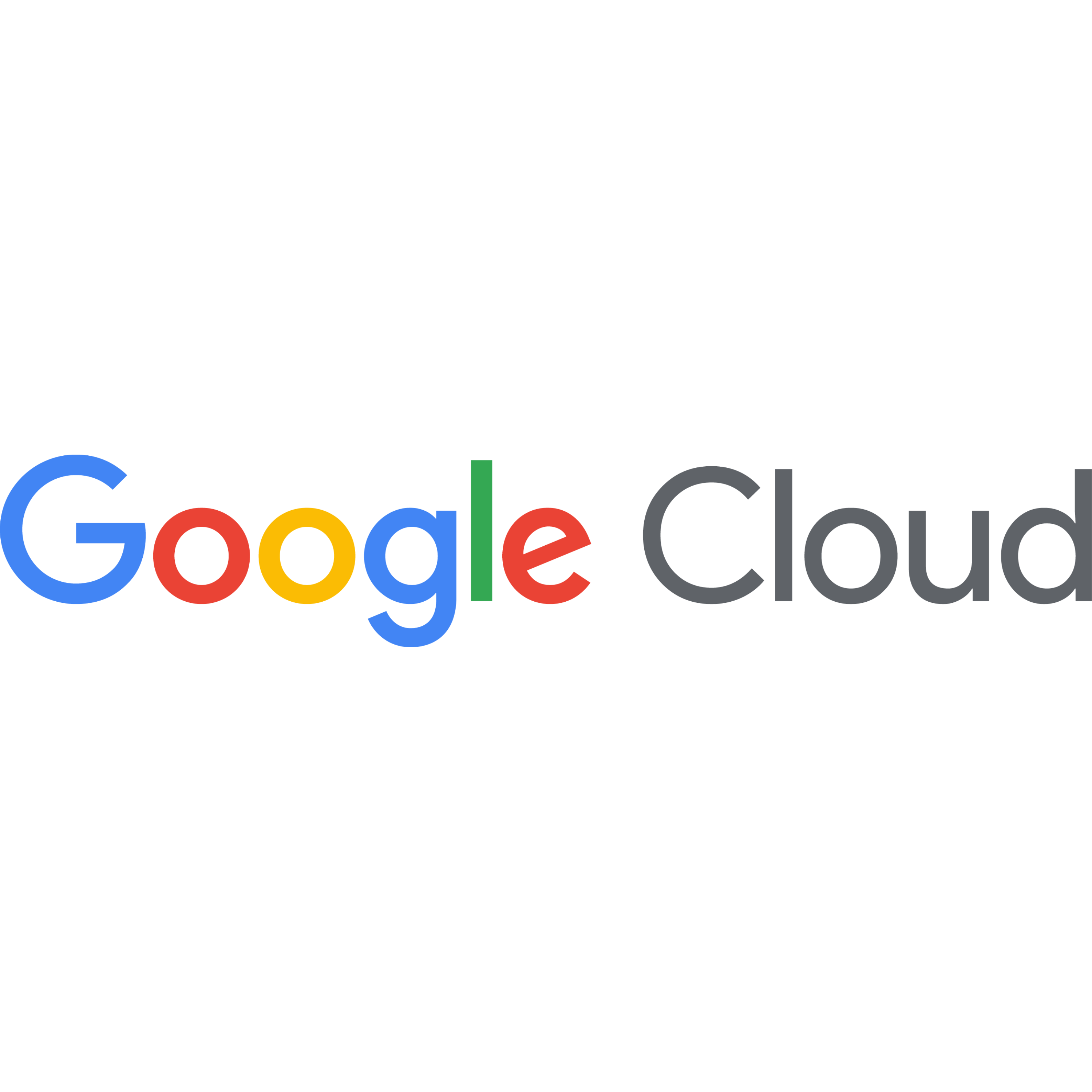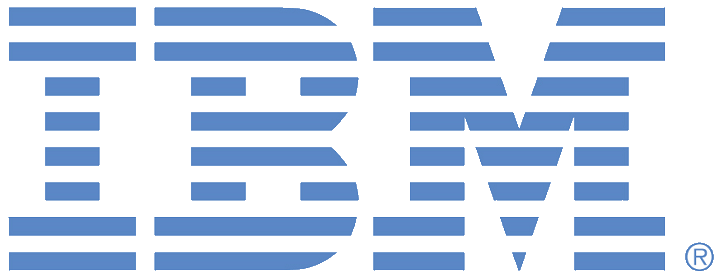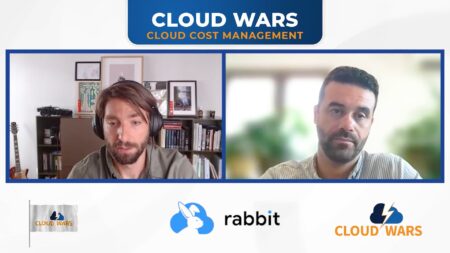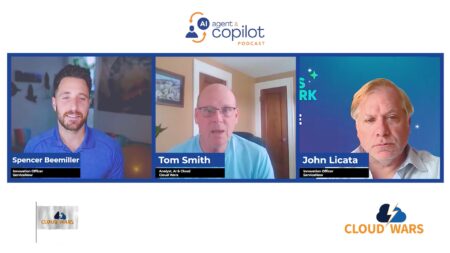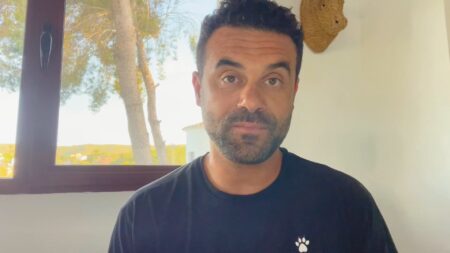
With the combined market cap of the Cloud Wars Top 10 companies now exceeding $7 trillion — and take a moment to wrap your noggin around that — it would be easy to assume the CEOs of those world-shaping companies all delivered superb performances in 2023.
But is that in fact the case?
Having just named SAP’s Christian Klein as the Cloud Wars CEO of the Year for 2023, I’m keenly aware of how the other nine Top 10 CEOs performed throughout 2023 because I scrutinized each very carefully during my deliberations over which one most deserved to the CEO of the Year.
So I’d like to share with you some of my thinking about each Cloud Wars Top 10 CEO, particularly in light of the generative artificial intelligence (GenAI) Revolution that’s sweeping the world and the increasingly ubiquitous role that modern enterprise technology is playing in our personal as well as professional lives. I’ll roll out those comments by company in the order in which each appears on my Cloud Wars Top 10 ranking.
1. Microsoft’s Satya Nadella
With cloud revenue last quarter of $31.8 billion (and that’s not a typo — for the quarter ended Sept. 30, Microsoft’s cloud revenue was almost $32 billion), Microsoft is by far the largest and most-influential cloud vendor in the world. Much of that success can be tied very directly to Nadella assuming the CEO job almost 10 years ago and immediately committing the then-floundering company to a cloud-first mission.
This year, we’ve seen Nadella’s vision and commitment lead to:
- astonishing progress with GenAI, spurred by his ahead-of-the-curve investment of $10 billion in OpenAI that has put Microsoft at the forefront of the GenAI Revolution;
- a willingness to overcome waves of psychodrama in the Sam Altman saga (got fired from role as OpenAI CEO, joined Microsoft to head up advanced AI R&D, left 36 hours later to go back to OpenAI) without missing a beat in the market; and
- an unprecedented multi-cloud partnership with Oracle resulting in (a) Oracle chairman Larry Ellison making his first visit ever to Microsoft’s campus to shoot a video with Nadella and (b) Nadella citing the Oracle partnership as a primary reason for the reacceleration of Azure growth in Q3. For more on all that, please see “The Larry and Satya Show: Microsoft, Oracle Rewire the Business World” and “Larry Ellison Predicted $1.5-Billion AI-Training Deal with Hyperscaler: Is It Microsoft?.”
2. Google Cloud’s Thomas Kurian
Having transformed Google Cloud from an internally focused tech lab with at best tenuous links to customers into a $34-billion cloud business, Kurian is now revamping Google Cloud into an AI-plus-cloud powerhouse leveraging the parent company’s long and deep expertise in the AI field.
On top of the wide-ranging GenAI advances Google Cloud has infused throughout 2023 into its core business — particularly around Vertex AI — Kurian also drove a pioneering partnership with SAP focused on a massive data cloud. Tying together the third-party data capabilities of Google Cloud’s BigQuery with SAP’s unmatched operational data from most of the world’s largest corporations, the new data cloud gives each company insights and capabilities that neither could create on its own.
Kurian has also turned Google Cloud into a full-featured cybersecurity powerhouse through not only the Mandiant acquisition and integration but also by leveraging Google Cloud’s pervasive AI expertise to drive new cybersecurity solutions.
In Q3, Google Cloud’s growth rate fell to 22%, a shift that Alphabet CEO Sundar Pichai attributed to “optimization” initiatives among customers that resulted in lower rates of cloud investments. I’m hoping we won’t hear more of that in Q4 because some of Google Cloud’s competitors have found ways to overcome that trend.
3. AWS CEO Adam Selipsky // Amazon CEO Andy Jassy
To me, this all boils down to one big question: Can those two executives transform the skills, mindset, and expertise within AWS from being infrastructure-driven into an enterprise-software mindset?
That’s what major rivals Microsoft, Google Cloud, and Oracle already have, while AWS rose to prominence on the strength of its breakthrough innovations and expertise in hardware-centric cloud infrastructure. The game now is all about AI, and AI means data, and AI means software —although, to be sure, the new GenAI phenomenon requires supercomputer infrastructure more powerful than anything that’s come before.
At the CEO level, when Selipsky came back to AWS about two-and-a-half years ago to succeed Jassy as CEO while Jassy moved up to lead the parent company, AWS delivered a hypergrowth quarter as revenue soared 40%. Last quarter, it was 12%. Yes, AWS is a huge company and it’s hard to post high growth numbers on a revenue base of more than $20 billion, but the plain fact is that AWS’s primary rivals — Microsoft, Google, and Oracle — have all grown at much, much higher rates in the cloud than AWS has.
I suspect that’s a trend Jassy does not want to see continue.
4. Oracle’s Safra Catz
The Cloud Wars CEO of the Year for 2022, Catz has engineered an uncompromising end-to-end transformation of Oracle into a cloud-first and AI-first powerhouse that has been the fastest-growing company on the Cloud Wars Top 10 for the past several quarters. And that goes far beyond the massive acquisition of Cerner — exclusive of Cerner’s contributions, Oracle’s cloud business, which will exceed $20 billion in calendar 2024, is growing at 30%.
With founder and chairman Larry Ellison leading the technological overhaul, Catz has been driving sales, re-engineering how the company engages with customers, and creating a new go-to-market strategy that puts more emphasis than ever before on Oracle’s ecosystem partners.
Plus, Catz brings a competitive fire that belies her petite physical stature but is also utterly essential to Oracle in the hyperscaler battles as it goes up against three of the world’s largest, wealthiest, and most-influential corporations: Microsoft, Google, and Amazon.
In our conversation a year ago around her being named Cloud Wars CEO of the Year, Catz said she relishes the competition per this excerpt from that interview:
“I like it when people say they don’t understand what we’re doing at Oracle,” Safra Catz told me recently.
“I feel like I’m a cat with one little parakeet feather sticking out of the corner of my mouth, and I’ve got a big smile on my face because it’s like, ‘Yeah, I know something you don’t know!’”
5. SAP’s Christian Klein
Well, I could blab away here at length on why I chose Klein as the Cloud Wars CEO of the Year for 2023, but instead I’ll simply point you to three content assets that offer in-depth looks at Klein, his company, and its achievements:
- a video of my 27-minute conversation with Klein;
- an article analyzing why I chose Klein for CEO of the Year; and
- a comprehensive “Special Report” on the CEO of the Year with incredible background and detail.

6. ServiceNow’s Bill McDermott
As the former CEO of SAP begins his fifth lap around the sun with high-flying ServiceNow, Bill McDermott is driving the company into the high-stakes ERP sector — already populated but very large and deeply entrenched competitors — and expects to be able to collaborate with rather than having to slug it out with SAP, Oracle, and Workday.
Many times, McDermott has described ServiceNow’s unique market position by saying, “In order for us to win, nobody else has to lose.” If he’s able to translate that expectation into reality in the ERP space with new supply-chain and finance workflows, it will represent a massive win for ServiceNow’s customers.
Here’s an excerpt from my analysis in May of the key challenge — and opportunity — ServiceNow faces with this move:
“Finance and Supply Chain Workflows bring together people, processes, data, and technology in one easy‑to‑use platform to get work done across critical business processes. Now, finance, procurement, and supply chain teams can operate more efficiently, lowering the total cost of operations, while improving user experiences. By using data from existing ERP investments, businesses can automate processes and digitize mundane, manual work faster without the cost and organizational impact associated with large migrations.”
Key players in this high-stakes move by McDermott are the ecosystem partners that he has elevated to strategic force-multipliers as ServiceNow has become the world’s second-fastest-growing major cloud provider. And I believe that ServiceNow, armed with its own high-powered innovation and rising reputation plus a big and talented and ambitious ecosystem network, is well on its way to driving whole new levels of value for its customers around a new way of thinking about ERP.
7. Workday’s Carl Eschenbach
My muscle-memory made it hard for me to write “Workday’s Carl Eschenbach” because for the past 15 years that spot has been occupied by cofounder Aneel Bhusri. But Bhusri, who says he wooed Eschenbach (a Workday board member) for several years, is now free to make the transition he’s wanted to make for at least several years, moving to executive chairman where he can focus upon his primary loves of innovation, products, and strategy.
In his first (and only) year as co-CEO alongside Bhusri, Eschenbach has brought a renewed sense of urgency and growth to the Workday sales and go-to-market organizations, and that drive for what Eschenbach calls “more giddy-up” has had immediate results. Here’s an overview from my analysis late last year called Workday’s Big Q3: Co-CEO Eschenbach Cites 3 Top Customer Priorities:
In response to the strong customer demand Workday is seeing across those and other areas, Workday raised its fiscal 2024 subscription-revenue guidance to $6.598 billion, which represents growth of 19% for the fiscal year ending Jan. 31, 2024.
So that means Workday’s put together, under Eschenbach’s leadership, three straight strong quarters; it’s boosting expectations for its fiscal Q4; its forward-looking “total subscription-revenue backlog” jumped 32% last quarter and 31% in this most-recent quarter; and the company has carved out a unique and highly strategic position in the wickedly competitive Cloud Wars.
All in all, I’d have to say the Eschenbach Effect is in full swing.
8. Salesforce’s Marc Benioff
The tech world would be a much duller place without Marc Benioff in it — so thank goodness he has been a very visible and high-impact presence in it for the past quarter-century. And right now, either he’s playing some type of 4D theoretical chess game whose logic only he understands, or he’s pulled off his latest miracle and has Salesforce right where he wants it while he’s simultaneously telling the world the company is in fact somewhere else entirely.
From my December analysis headlined “Marc Benioff Raves but Salesforce Growth Dead Last Among Major App Vendors“:
To me, the most striking change in this year-long transformation at Salesforce has been the reorientation of Marc Benioff’s expressions of love during earnings calls. Before the big switch, the focus of his outpourings of affection and gratitude was always, always, ALWAYS customers.
Now, it’s investors. And hey, for a publicly traded company with big and demanding institutional investors, there’s certainly nothing wrong with that.
But growth markets don’t behave the same way that stable markets do. And at some point, the unemotional reality of the math that shows that competitors are outgrowing you by 50% or 80% or 100% or more will have an impact that cannot be brushed aside.
9. IBM’s Arvind Krishna
As Krishna winds down his fourth year as CEO of IBM, here’s a partial list of why I believe he’s done an excellent job in turning the iconic company around after inheriting a real mess from his predecessor, Ginni Rometty, in early 2020.
1. Facing deeply entrenched factions more concerned about perpetuating their fiefdoms rather than transforming the IBM Corp., Krishna has actively divested some backwater businesses, reformed the sales organization and go-to-market processes, and made it easier for customers to (a) understand what IBM is and what it stands for and then (b) do business with IBM.
2. Krishna has begun positioning IBM as a company focused on data and AI along with highly differentiated cloud capabilities, and moved it away from its former stance as “We’re IBM and we offer everything and haven’t you heard the phrase, ‘No one ever got fired for buying IBM’?”
3. Krishna bulldozed the silos separating its tech-consulting business from its business-consulting business and renamed the unified entity, simply, IBM Consulting. The old model perpetuated the view that IBM believed that technology and business were disparate things that had to be worked on separately and independently.
4. Krishna has reinvigorated IBM with bold new partnerships with most and perhaps all of the Cloud Wars Top 10 companies. That required Krishna to drop the old position that IBM competed with everyone because IBM made everything. Today, instead of posturing that it competes with the four cloud hyperscalers, it has massive and growing businesses with each.
5. Simultaneously, Krishna has IBM set to be a leading player in the just-over-the-horizon field of quantum computing, which I believe will have an impact that will rival what we’re currently seeing from the GenAI Revolution.
6. Krishna has reinvigorated Watson from its past iteration as a glitzy — ditzy?? — thing that lots of people talked about but nobody purchased to a highly capable and purpose-built platform for serious AI.
10. Snowflake’s Frank Slootman
In his five years as CEO of highly disruptive Snowflake, Slootman has done as much as any tech executive in making “data” a board-level priority and C-suite imperative. While data clouds are now pervasive and most of the Cloud Wars Top 10 claim to offer one in some fashion or another, Slootman and Snowflake were the first to define the concept and deliver a product that offered breakthrough capabilities to enterprises that had spent years or even decades desperately attempting to harness the full power of data.
This year, Slootman has intensified Snowflake’s core mission of becoming a platform for data-driven applications development; he’s pushed Snowflake into the massive supply-chain intelligence market via a strategic partnership with Blue Yonder; and in particular he has leveraged the current frenzy among CEOs for AI capabilities into a full understanding that those AI capabilities are nothing more than a dream until the full data estate has been modernized and fully aligned with business outcomes.
From my December analysis of Snowflake’s fiscal-Q3 results headlined “Snowflake CEO Frank Slootman: ‘AI’ and ‘Budget’ Never In Same Sentence,” here’s Slootman discussing that incredibly strategic nexus of AI and data:
Generative AI is at the forefront of customer conversations, which in turn drives renewed emphasis on data strategy in preparation of these new technologies. We said it many times: There’s no AI strategy without a data strategy. The intelligence we’re all aiming for resides in the data, hence the quality of that underpinning is critical. Meanwhile, Snowflake has announced and showcased a plethora of new technologies that let customers mobilize AI.
Final Thought
One of the major challenges for any CEO, and perhaps particularly so for those of the Cloud Wars Top 10 companies, is how to position her/his company in a differentiated way when it seems like everyone is talking about the same things: data, AI, cloud, cybersecurity, digital, ERP, mobility, large language models, hybrid, multicloud, etc., etc.
I think 2024 will see that challenge intensify, with the most-capable CEOs being not just willing but eager to reframe those necessary but insufficient agenda items as precise business outcomes.
In 2024, I’m going to monitor closely the ways in which the CEOs of the Cloud Wars Top 10 companies abstract all that extraordinary technology and its close companion, complexity, into quantifiable and relevant and timely business outcomes.
Because that ability — that clarity, that focus — will be, in the tumultuous year ahead, what determines who the biggest winners (other than the customers!) will be in 2024.
Discover how AI has created a new ecosystem of partnerships with a fresh spirit of customer-centric cocreation and a renewed focus on reimagining what is possible. The Acceleration Economy AI Ecosystem Course is available on demand.





